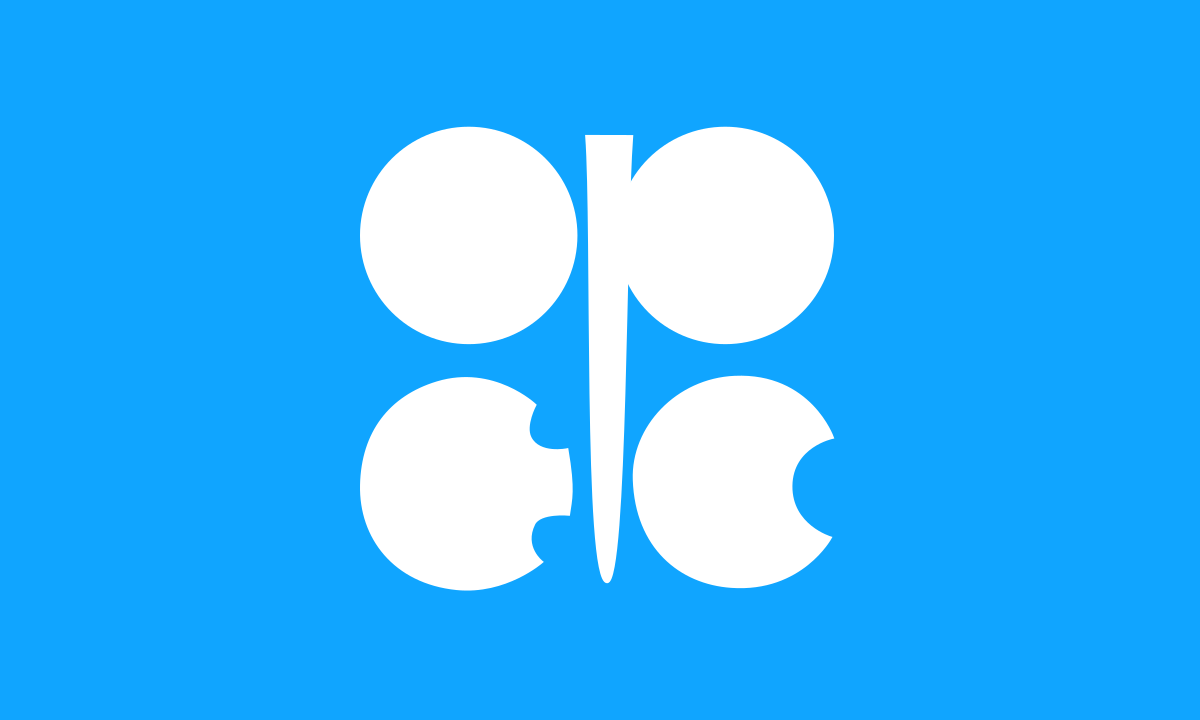OPEC+ Oil Production Increase: 5 Powerful Impacts on India’s Fuel Prices in 2025
🛢️ OPEC+ Oil Production Increase: The Big Energy Move in 2025
OPEC+ oil production increase of 548,000 barrels per day (bpd) in August 2025 is making headlines around the globe. This strategic decision, made by the group of oil-exporting countries over the weekend, is expected to shift energy markets and significantly influence fuel prices in India, a country that relies heavily on crude oil imports.
The production hike—up from the previous 411,000 bpd in May through July—comes from eight major OPEC+ members: Saudi Arabia, Russia, the UAE, Kuwait, Oman, Iraq, Kazakhstan, and Algeria. Combined, they will have reversed nearly 1.92 million bpd of voluntary production cuts imposed last year to stabilize oil markets.
But will this move result in cheaper petrol and diesel for Indian consumers? Or will it have mixed effects across global and regional markets?
Let’s break it down.
📈 1. Global Oil Prices May Soften, But Not Dramatically
The immediate expectation from the OPEC+ oil production increase is a softening in global crude oil prices. More supply, theoretically, means reduced prices—especially if demand remains unchanged or grows slower than expected.
So far:
-
Brent crude futures fell 0.8% to $67.8 per barrel after the announcement.
-
Markets expect increased availability of seaborne crude, particularly to Asia.
-
Oil analysts caution the effects may be “muted” unless exports ramp up significantly.
India could benefit if global prices fall below $70 per barrel consistently over the next quarter. But the scale of benefit depends on compliance by OPEC+ members and global demand behavior.
🇮🇳 2. Impact on India’s Fuel Prices: What You Could Pay
India imports over 85% of its crude oil, meaning even small changes in international prices ripple directly through to domestic fuel costs.
The OPEC+ oil production increase may cause:
-
Petrol and diesel prices to drop by ₹2–₹5 per litre in urban India.
-
Lower transport and logistics costs, positively affecting inflation.
-
More breathing space for the Indian government to manage fuel subsidies, if needed.
However, whether this reduction is passed on to consumers depends on:
-
Global benchmark prices staying low
-
INR/USD exchange rate stability
-
Central and state taxation policies
If prices remain above $70/barrel and the rupee weakens, the relief might be negligible.
🌍 3. Global Demand Trends May Limit Gains
The OPEC+ statement emphasized a “healthy global economic outlook,” but many economists and energy analysts remain cautious:
-
China, the world’s largest crude importer, saw just a 0.3% increase in imports during Jan–May 2025.
-
A temporary jump in June imports was likely driven by lower May crude prices, not long-term demand growth.
-
Asia’s total oil imports hit a 2025-high in June (28.65 million bpd), but sustainability is uncertain.
In short, while the OPEC+ oil production increase suggests higher supply, the demand side of the equation isn’t convincing enough yet. If China and India both cut purchases in Q3 to use stored reserves, crude prices may slide further—yet that would also reduce OPEC+ profits, which could prompt production tightening again.
🏛️ 4. Geopolitical Stability and OPEC+ Compliance Are Key
One major concern is whether OPEC+ members will actually meet the new quotas. In June, five of the group’s key producers only added 267,000 bpd of output—below the 313,000 bpd target, according to a Reuters survey.
This gap has raised doubts:
-
Is the OPEC+ oil production increase just a headline number?
-
Will Saudi Arabia and the UAE really push exports aggressively?
-
Will political instability in oil-producing nations limit delivery?
If members fall short again, global oil prices could rebound quickly—nullifying any benefits India might expect at the retail level.
🧾 5. Strategic Gains for India: Inflation Control, Trade Balance
India’s strategic goals could see medium-term improvements if the OPEC+ oil production increase delivers on supply and price stability.
Benefits may include:
-
Better inflation management as fuel costs stabilize
-
Lower Current Account Deficit (CAD) thanks to reduced import bills
-
Improved Forex reserves position if crude import costs decline
-
Potential for cutting fuel subsidies or adjusting excise duties without hurting consumers
India’s central government could also take advantage of the situation to build up its Strategic Petroleum Reserves (SPR) if prices stay suppressed.
📊 Numbers That Matter
Here’s a look at the current indicators post-OPEC+ decision:
| Metric | Value |
|---|---|
| OPEC+ Output Increase | 548,000 barrels/day (Aug 2025) |
| Brent Crude Price | $67.8/barrel |
| India’s Average Retail Fuel Price | ₹99–₹103/litre (urban centers) |
| INR/USD Exchange Rate | 85.40 |
| China’s Import Growth (Jan–May 2025) | +0.3% |
| Asia’s June Oil Import Estimate | 28.65 million bpd |
These numbers suggest that any positive impact on India’s fuel economy from the OPEC+ oil production increase is highly contingent on stable global trade flows and oil market compliance.
🤔 So, Will Indian Consumers Feel the Difference?
In short:
-
If OPEC+ members export what they promise
-
If India’s rupee stays relatively strong
-
And if fuel taxes remain unchanged
… then Indian consumers might enjoy slightly lower fuel prices through August and September 2025.
But it’s just as likely that geopolitical risks, under-delivery, or stockpiling by China could offset the expected benefits.
📌 Conclusion: Will the OPEC+ Oil Production Increase Deliver Results?
The OPEC+ oil production increase is a strategic tool being used by oil-rich nations to strike a balance between price stability and global demand growth. For India, this is a potential opportunity to stabilize fuel prices and improve macroeconomic indicators.
But as always, the global oil market is volatile and often unpredictable. India must remain vigilant, flexible in its policy approach, and ready to cushion against sudden shifts in oil prices—whether up or down.
Source: Reuters
Suggestion: RBI ₹1 Trillion Reverse Repo Auction Triggers Bold Liquidity Shift Amid Surging Surplus

One Comment